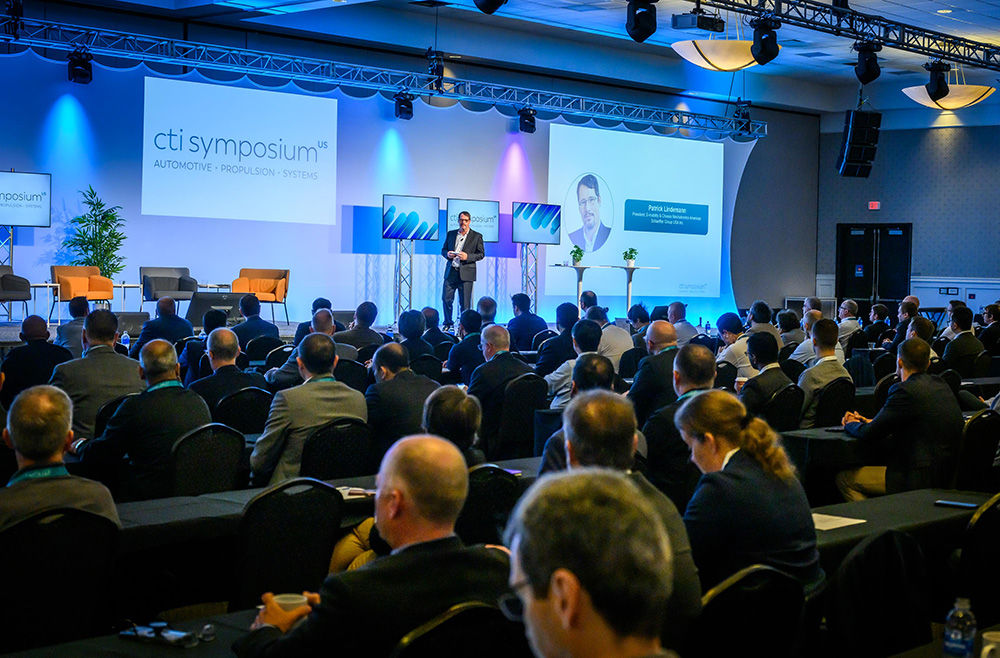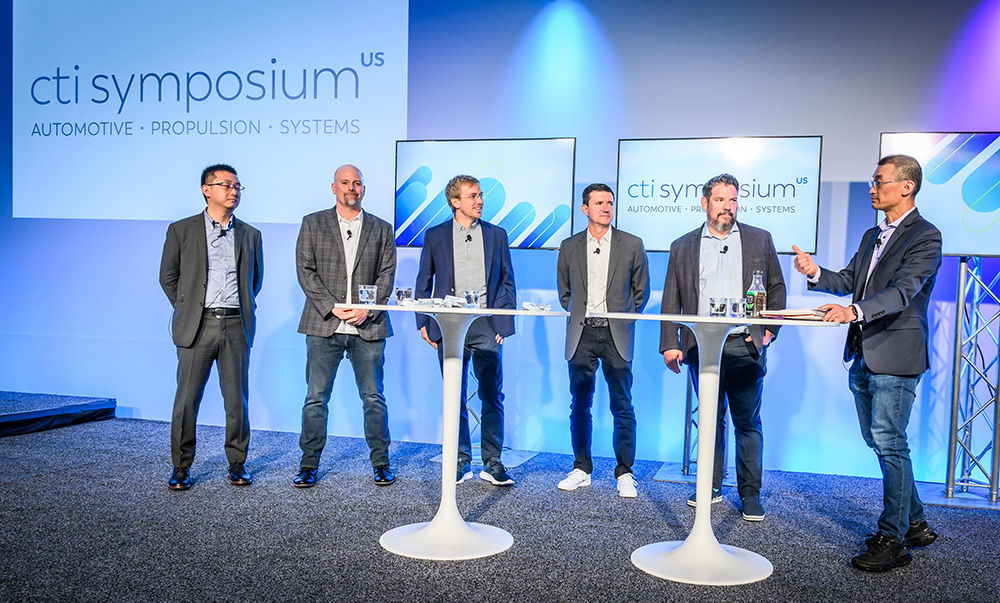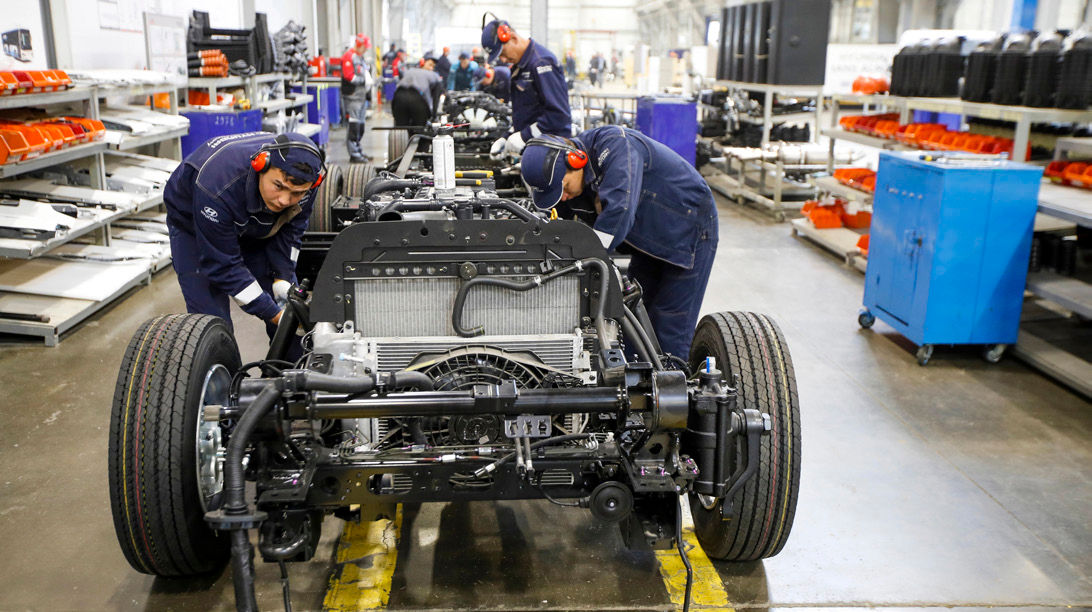Hedging Your Bets on e-Mobility and Electrification
CTI Symposium offers insight into the future of the automotive industry
At CTI Symposium USA 2025, the automotive industry discussed the challenges it faces in the fields of electric drives, power electronics, battery systems, e-machines and more. This year’s symposium examined topics such as EV and plug-in hybrid technology, e-motors, thermal management, automotive market analysis, passenger and commercial vehicles and the latest on powertrain solutions for work trucks.
CTI brings together experts and decision-makers from passenger car and commercial vehicles, OEMs, system and component suppliers, engineering service providers, software developers and market specialists. It provides attendees with the latest developments, innovations, information, solutions and new contacts in the automotive and electrification industries.
The extensive lecture program is designed to meet the needs of the drivetrain community. Key notes, expert discussions, deep dive sessions and the accompanying exhibition cover the full range from complete systems to components to engineering services. The content is selected by the CTI advisory board and the sessions focus on market trends, electric and hybrid drives and components, impact of legislation, infrastructure, and development tools.
“The CTI Symposium looks at the direction of the automotive industry,” said Patrick Lindemann, president, e-mobility and chassis, Mechatronics Americas at Schaeffler Group and CTI Symposium chair. “Is it still full steam ahead to BEVs or is the interim solution of hybrids not so interim? What is the ultimate long-term goal? How should suppliers position themselves to bet on the right horse?”
2025 Outlook
The political landscape and technology go hand in hand and guide the consumer to their decision making. CTI sheds light on both sides.
The tariff situation, for example, is highly dynamic according to a spokesperson for a top Tier One automotive supplier. “While scenario planning is ongoing with our customers, any significant changes to the automotive supply chain will require time, effort, and investment far beyond typical political planning horizons. We expect the trends towards supply chain resiliency and reshoring, particularly for critical components, to be supported by policy. Separately, the U.S. administration is placing more emphasis on advancing autonomous driving regulations, which could unlock additional innovation and accelerate adoption after several years of limited movement.”









